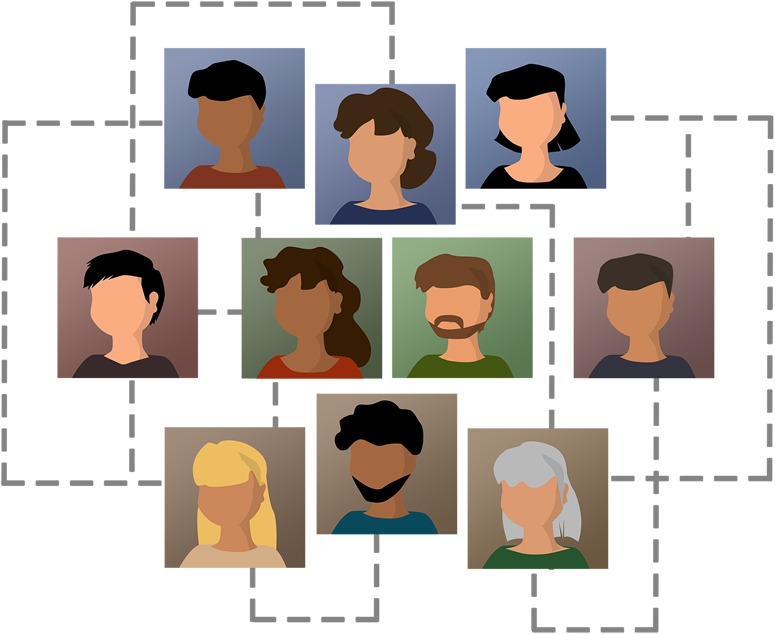Anyone in your organization could be a caregiver
8/19/2022 12:00:00 AM
 Anyone in your organization could be a caregiver. Caregivers are people of all ages, races, genders. They are found in all socioeconomic groups and at every level of your organization, from interns and entry level employees all the way up to the ranks of your most senior leaders. Your caregiving employees are:
Anyone in your organization could be a caregiver. Caregivers are people of all ages, races, genders. They are found in all socioeconomic groups and at every level of your organization, from interns and entry level employees all the way up to the ranks of your most senior leaders. Your caregiving employees are:
-
Boomers caring for their spouses with serious major illnesses or ongoing chronic conditions.
-
Gen X employees being “sandwiched” by teens and aging parents who both need their care.
-
Millennials whose sibling may be struggling with mental health or substance abuse issues.
-
Working parents of young children with school challenges or learning disabilities.
-
Younger employees who, though not currently caregivers, may be thinking of their aging parents or starting a family. Imagining caregiving in the future, they join your current caregiving employees in desiring a workplace where they can successfully balance work, family, and caregiving responsibilities.
Caregivers are a large, often unrecognized group in the workplace. Approximately 73% of your employees have care responsibilities during “off-work” hours. (Harvard Business School, 2019) At work, they often diminish or avoid discussing their caregiving responsibilities lest they seem like uncommitted or unreliable employees. Many don’t consider themselves as caregivers, as reflected in statements like, “I’m not a caregiver. I’m her daughter!” “I’m just helping out! We’re family; it’s what we do.”
Despite not self-identifying as caregivers, if you look and listen you will recognize signs that employees may be carrying family caregiving responsibilities:
-
Coming in late or leaving early to handle family appointments
-
Using personal and sick time to manage family health crises
-
Taking a leave-of-absence to be with someone close to them
-
Losing productivity and effectiveness because of caregiver responsibilities or concerns
-
Taking a growing number of personal phone calls or unscheduled absences
-
Shifting from full-time to part-time to handle family issues
-
Uncharacteristically passing up promotions or new projects
-
Appearing stressed, depressed, anxious or physically unkempt
Take a moment and ask yourself, who among your employees might be a family caregiver?
Whether your valued associates are “employees,” “members,” “retirees” or “policy holders,” these caregivers need your support. In our next post we’ll explain why.
Despite the need, 79 percent of caregivers do not have access to caregiver support benefits at their workplaces. Supporting your caregiving employees will benefit them, as well as your organization. (SHRM, 2021) Learn about the benefits of Help for Caregivers.
Direct Link: https://www.help4cgs.com/Blog.aspx?ID=2&PostID=12